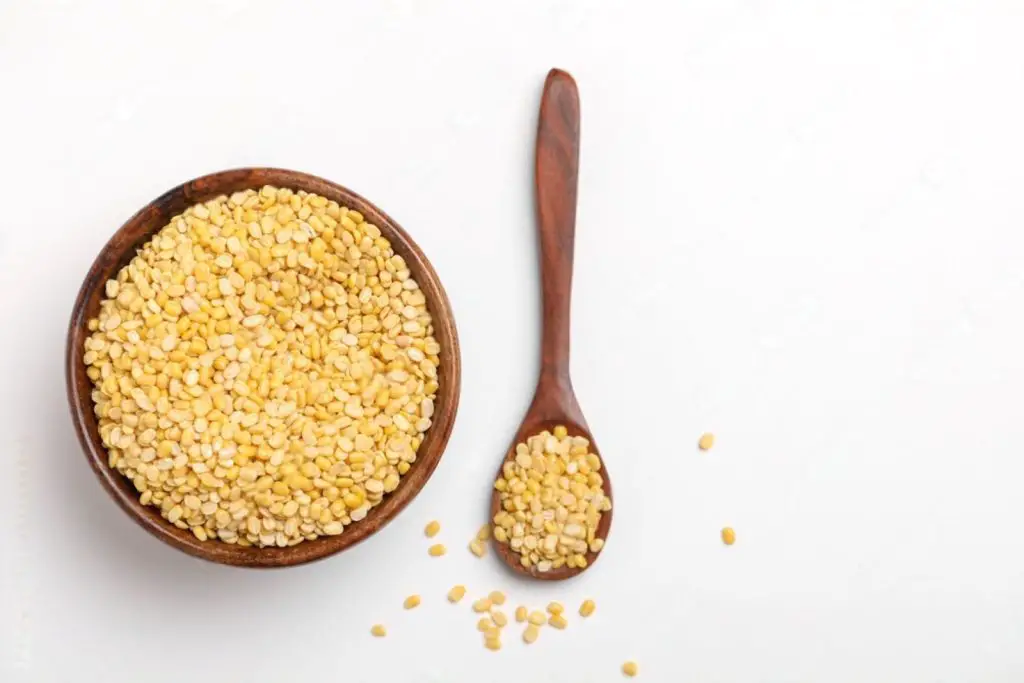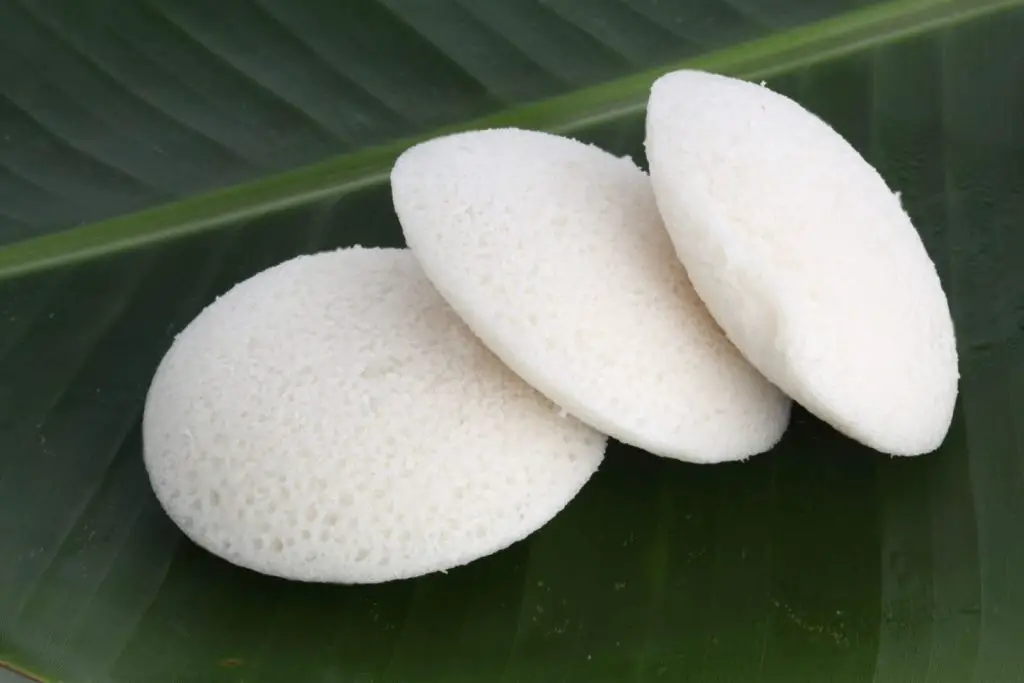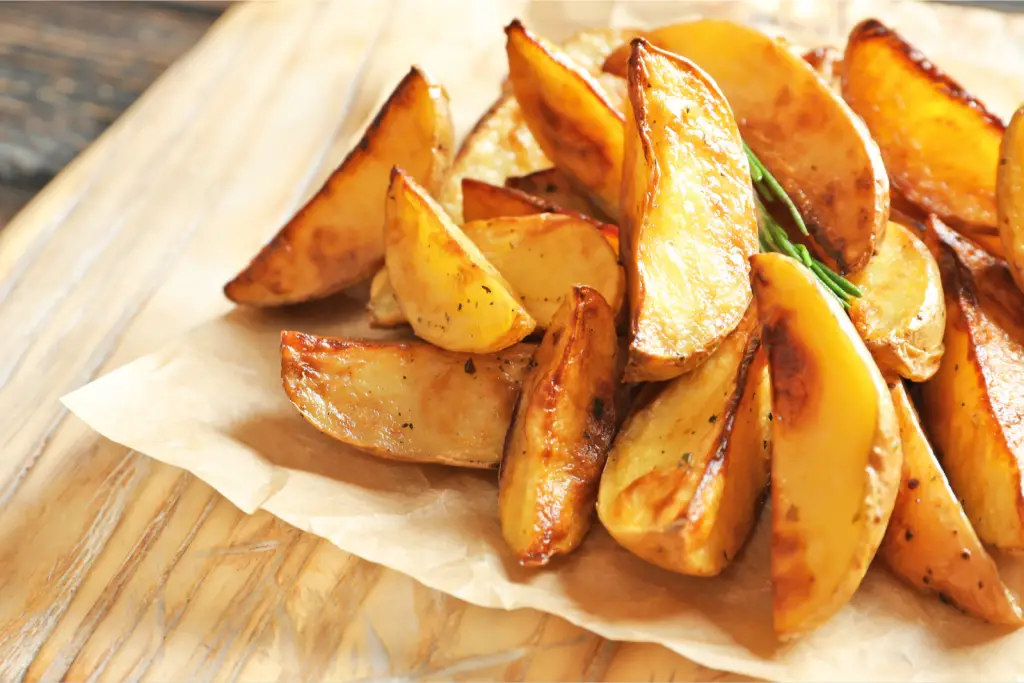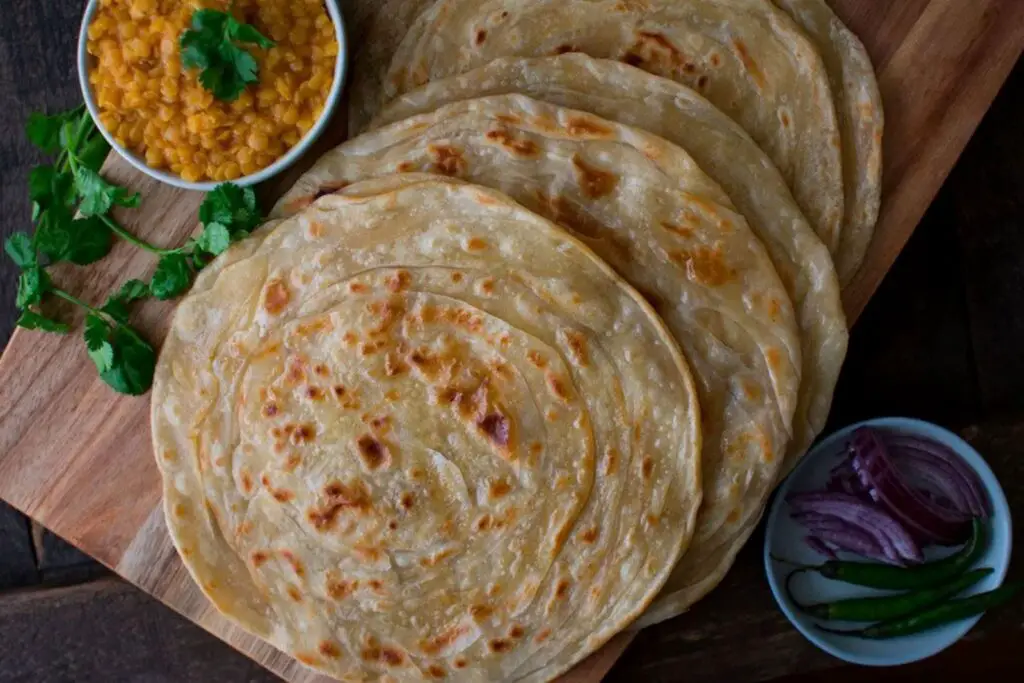
Salsa is a popular and vibrant condiment that adds a burst of flavor to numerous dishes. Made from a combination of fresh ingredients such as tomatoes, onions, peppers, and herbs, salsa is known for its versatility and ability to complement a wide range of cuisines. While it is commonly enjoyed immediately after preparation, freezing salsa can be a convenient option for preserving its freshness and extending its shelf life. By freezing salsa, you can ensure that you always have a supply of this zesty accompaniment ready to enhance your meals, whether it’s for a last-minute gathering or a simple weeknight dinner.
Here are the simple steps to freeze salsa:
Step 1: Choose the Right Salsa
When it comes to freezing salsa, selecting the right recipe lays the foundation for successful results. Certain ingredients freeze better than others, so it’s crucial to choose a salsa recipe that is suitable for freezing.
Ideally, opt for recipes that include ingredients like tomatoes, onions, peppers, garlic, and spices. These ingredients are known to freeze well and retain their flavors and textures even after being thawed. Tomatoes provide a base for the salsa and contribute to its rich and vibrant taste. Onions and peppers add depth and a delightful crunch, while garlic infuses the salsa with its distinctive aroma. Spices such as cumin, chili powder, or cilantro can enhance the overall flavor profile.
On the other hand, ingredients with high water content, like cucumbers, are best avoided when freezing salsa. Freezing can cause cucumbers to become mushy and lose their crispness, potentially altering the desired texture of your salsa. It’s important to note that the texture of cucumbers may change significantly after thawing, resulting in a less desirable salsa consistency.
By carefully selecting a salsa recipe that incorporates ingredients known to freeze well, you can ensure that your salsa maintains its taste, texture, and overall quality throughout the freezing process.
Step 2: Prepare the Salsa
Proper preparation is essential to ensure that your salsa freezes well and maintains its quality. Follow these steps to prepare your salsa before freezing:
- Wash the vegetables: Begin by thoroughly washing all the vegetables that you’ll be using in your salsa. This helps remove any dirt, pesticides, or bacteria that may be present on the surface.
- Remove bruised or damaged portions: Inspect the vegetables carefully and discard any portions that are bruised, overripe, or otherwise damaged. Removing these portions will ensure that only the freshest and best-quality ingredients go into your salsa.
- Chop to desired consistency: Determine the desired texture of your salsa and chop the ingredients accordingly. For a chunkier salsa, dice the vegetables into small, uniform pieces. This method allows you to bite into distinct chunks of vegetables. If you prefer a smoother texture, you can use a food processor or blender to process the ingredients until they reach the desired consistency.
- Remove excess moisture: Excess moisture in salsa can lead to freezer burn and negatively affect its taste and texture. After chopping the vegetables, it’s important to remove as much moisture as possible. You can achieve this by using a clean kitchen towel or paper towels to gently pat the vegetables dry. Removing excess moisture helps preserve the quality of your salsa during the freezing process.
By taking the time to properly prepare your salsa before freezing, you ensure that it is clean, fresh, and at the desired consistency. Removing excess moisture helps maintain its quality during freezing, preventing the formation of ice crystals and freezer burn. These steps contribute to a better overall freezing experience and help preserve the flavors of your salsa for future enjoyment.
Is it necessary to blanch vegetables before freezing salsa?
Blanching vegetables before freezing salsa is not necessary, as salsa is typically made with raw vegetables. Blanching is a process of briefly boiling vegetables to partially cook them and preserve their color and texture. However, in salsa recipes, the vegetables are often chopped and used raw, so blanching is not required. Freezing raw vegetables in salsa preserves their fresh taste and texture.
Should salsa be cooked before freezing?
It is not necessary to cook salsa before freezing it. Salsa can be frozen in its raw state, preserving the fresh flavors of the ingredients. However, some recipes may call for cooking the salsa before freezing to enhance flavors or achieve desired textures. Follow the specific recipe instructions if cooking is recommended prior to freezing.
Step 3: Utilize Proper Containers
Selecting the appropriate containers for freezing your salsa is crucial to ensure its flavors are preserved and to prevent freezer burn. Here’s why it’s important and some recommended options:
- Preserve flavors and freshness: Salsa contains various aromatic ingredients that contribute to its distinct taste. To maintain these flavors, it’s essential to choose airtight containers that provide a strong seal. Airtight containers prevent the salsa from being exposed to air, which can lead to flavor loss and the potential for odors from other foods in the freezer to infiltrate the salsa.
- Prevent freezer burn: Freezer burn occurs when food is exposed to air and moisture, causing dehydration and the development of unappetizing ice crystals. To prevent freezer burn in your salsa, opt for containers that provide a tight seal, minimizing air exposure. This ensures that the salsa stays in optimal condition throughout its freezing period.
- Avoid cross-contamination: Using containers that are specifically designed for freezing helps prevent cross-contamination with other foods in the freezer. By storing salsa in separate containers, you reduce the risk of flavor transfer and potential contamination from other items. This is especially important if you have any sensitive individuals or specific dietary requirements in your household.
What containers are recommended options for freezing salsa?
Remember to leave some headspace in the containers to allow for expansion as the salsa freezes. This helps prevent any potential breakage due to the liquid expanding as it solidifies.
Glass containers:
Mason jars or other glass containers with airtight lids are excellent choices. Glass is non-reactive and helps maintain the salsa’s flavors without absorbing any odors. Ensure that the containers are labeled as freezer-safe to avoid any breakage due to extreme temperatures.
BPA-free plastic containers:
Look for containers made of BPA-free plastic, which is safe for storing food. Choose containers with tight-fitting lids to maintain an airtight seal. Ensure that the containers are labeled as freezer-safe to withstand low temperatures.
By utilizing proper containers that are airtight and suitable for freezing, such as glass jars or BPA-free plastic containers, you can ensure that your salsa retains its flavors, stays fresh, and remains protected from cross-contamination in the freezer.
Step 4: Portion and Label
Portioning your salsa and labeling the containers or bags is an essential step in the freezing process. Here’s why it’s important and how to go about it:
- Convenience and portion control: Dividing your salsa into smaller portions before freezing offers convenience and flexibility. It allows you to thaw only the amount you need for a particular meal or occasion without having to defrost the entire batch. This prevents waste and ensures that you always have salsa available in the desired quantity.
- Freezer-safe bags: Consider using freezer-safe bags for portioning salsa. These bags are designed to withstand low temperatures and are flexible, allowing them to conform to the shape of the salsa, taking up less space in the freezer. Freezer bags with airtight seals are ideal for preserving the salsa’s quality and preventing freezer burn.
- Labeling: Labeling each container or bag is crucial for several reasons. First, it helps you identify the contents easily, especially if you have multiple batches or different types of salsa in the freezer. Labeling prevents confusion and saves you from defrosting salsa when you intend to thaw something else.
- Date of freezing: Along with labeling, it’s important to include the date of freezing on each container or bag. This allows you to keep track of the salsa’s freshness and prioritize consuming the oldest batches first. Generally, frozen salsa can be stored for 3 to 4 months without a significant loss in quality, so noting the date helps you stay within this timeframe.
By dividing your salsa into smaller portions using freezer-safe bags and labeling each container or bag with the date of freezing, you ensure convenient access to the desired amount of salsa while maintaining its freshness and preventing any confusion or wastage in the long run.
Step 5: Freeze and Thaw
Freezing and thawing salsa correctly is crucial to preserve its flavors and ensure its quality. Here’s a detailed explanation of the freezing and thawing process:
- Freezing the salsa: Once your salsa is prepared and portioned, place the containers or bags in the freezer. Make sure they are arranged in a way that allows for easy stacking and retrieval, optimizing the use of freezer space. It’s advisable to place the salsa towards the back of the freezer where the temperature remains constant.
- Freezing duration: Salsa can be stored in the freezer for approximately 3 to 4 months while maintaining its quality. It’s best to consume it within this timeframe to enjoy the freshest flavors. Beyond that period, the salsa may still be safe to eat, but the taste and texture could start to degrade.
- Thawing the salsa: When you’re ready to enjoy your salsa, transfer the desired portion from the freezer to the refrigerator. It’s recommended to thaw the salsa overnight to ensure even and gentle thawing. Thawing at room temperature can lead to uneven thawing and potentially compromise the salsa’s texture.
- Stirring before serving: Once the salsa has thawed, give it a thorough stir to redistribute any liquids that may have separated during freezing and thawing. This will help restore the desired consistency and ensure that the flavors are evenly blended.
- Enjoying your salsa: After stirring, your salsa is ready to be enjoyed. Serve it chilled or at room temperature, depending on your preference. Use it as a dip, a topping, or in your favorite recipes. Remember to return any unused portion to the refrigerator promptly and consume it within a few days.
By freezing your salsa properly and following the thawing instructions, you can preserve its flavors and maintain its quality. Thawing in the refrigerator overnight and stirring well before serving ensures that the salsa is at its best and ready to tantalize your taste buds with its delicious homemade goodness.
Other related questions
Can you refreeze salsa?
It is generally not recommended to refreeze salsa once it has been thawed. Refreezing can affect the texture, taste, and overall quality of the salsa. It is best to portion and thaw only the amount of salsa needed to avoid the need for refreezing and to maintain the salsa’s optimal freshness.
How do I know if the salsa has gone bad after being frozen?
Determining if frozen salsa has gone bad involves examining its appearance, smell, and texture. If the salsa appears discolored, has ice crystals, or a slimy texture, it may have suffered freezer burn or spoilage. A sour or off-putting odor is also an indication of potential spoilage. Trust your senses and discard any frozen salsa that shows signs of spoilage to avoid foodborne illnesses.
How do you prevent freezer burn when freezing salsa?
To prevent freezer burn when freezing salsa, it’s important to minimize air exposure. Ensure that the salsa is properly sealed in airtight containers or freezer-safe bags, removing as much air as possible. Additionally, avoid fluctuations in temperature by placing the salsa towards the back of the freezer where it is more stable. Proper sealing, minimal air exposure, and consistent freezing temperatures will help prevent freezer burn and maintain the quality of your frozen salsa.
Can frozen salsa be used in cooked dishes?
Yes, frozen salsa can be used in cooked dishes. Once thawed, frozen salsa can be added to various cooked recipes such as soups, stews, casseroles, and sauces to enhance flavors and provide a convenient base of spices and vegetables. The texture of the thawed salsa may become softer, but it will still contribute its distinctive taste to the cooked dishes.
Are there any special considerations for freezing salsa?
When freezing salsa, there are a few special considerations to keep in mind. First, it’s important to choose a salsa recipe that contains ingredients suitable for freezing, such as tomatoes, onions, peppers, and spices. Avoid using high-water content ingredients like cucumbers, as they may become mushy after freezing. Additionally, proper container selection, labeling, and portioning are crucial for maintaining the salsa’s quality and ensuring convenient usage.








